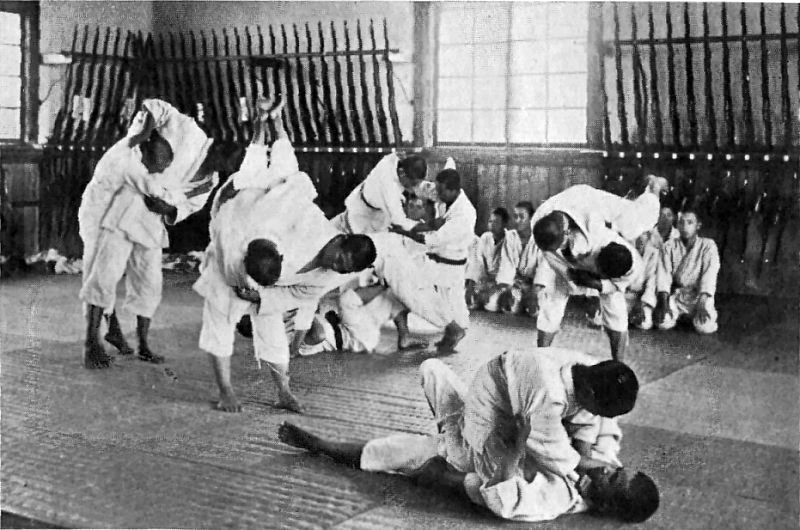Jujutsu, also known as Jiu-Jitsu, is a Japanese martial art that has had a profound impact on the world of combat sports. With a rich history spanning several centuries, This martial art style is much more than just a sport – it’s a tradition, a discipline, and for many, a way of life.
The birth of jujutsu
Jujutsu originated in feudal Japan as a method of close combat for defeating an armed and armoured opponent. It dates back to approximately 1532, during the Sengoku period, a time of constant military conflict.
The literal translation of ‘Jujutsu’ is ‘the art of softness’ or ‘way of yielding’. This name reflects the essence of Jujutsu, which is to use an opponent’s energy against them rather than opposing it directly.
From battlefield to dojo
After the peaceful Edo period started in 1603, the need for battlefield combat techniques diminished. However, this did not mean the end of Jujutsu. Instead, the martial art found a new home in the training halls, or ‘dojos’, of Japan. Here, it was refined and developed into a comprehensive system of self-defence.
Different schools, known as ‘ryu’, began to form, each with their own variations and interpretations of Jujutsu. Notable among these are the Takenouchi-ryū, which is considered the oldest school of this martial art style, and the Jikishin-ryū and Tenjin Shin’yō-ryū, which significantly influenced modern the sport as we know it plus it had an influence on Judo too.

The transformation of jujutsu
In the late 19th century, Jujutsu underwent a major transformation at the hands of Jigoro Kano, a student of Tenjin Shin’yō-ryū. Kano sought to synthesise the best aspects of existing Jujutsu styles into a single, comprehensive system. The result was Kodokan Judo, which retained the throws and groundwork of Jujutsu but placed a greater emphasis on personal and moral development.
Jujutsu’s journey west
The sport began to spread outside Japan in the late 19th and early 20th centuries, as practitioners travelled to Europe and the Americas to teach and demonstrate their skills. The sport continued to evolve in these new environments, leading to the creation of Brazilian Jiu-Jitsu by the Gracie family, which emphasised ground fighting techniques.

The modern sport
Today, various forms of this martial art style are practised worldwide. Traditional dojos continue to teach the classical techniques, while modern Brazilian Jiu-Jitsu schools focus on competition and self-defence scenarios.
Many techniques are also a significant part of the curriculum in other martial arts, such as Judo and mixed martial arts (MMA). Many successful MMA fighters have a Jujutsu or Brazilian Jiu-Jitsu background, demonstrating the effectiveness of the art in real combat situations.
A continuing tradition
Despite its transformation and globalisation, the sport remains true to its roots as a practical and efficient martial art. At its core, it is still about using balance, leverage, and movement to neutralise a stronger opponent, just as it was on the ancient battlefields of Japan.
As we explore the journey of this sport, we realise that this martial art, despite its evolution, remains connected to its heritage. In learning Jujutsu, one does not only gain physical skills but also immerses oneself in a rich cultural tradition that values discipline, respect, and continuous self-improvement.

If you have enjoyed this little sporting history lesson, you can find the history of some other combat sports in our combat sport section. Head on over there to check them out by clicking right here. And you can also find other sporting history articles in many of our other dedicated sports sections available to check out on That’s All Sport.
Is there a sport you would like to know the history of that we haven’t covered yet? Let us know in the comments below and we’ll get our research hat on to bring you even more sporting history lessons.





